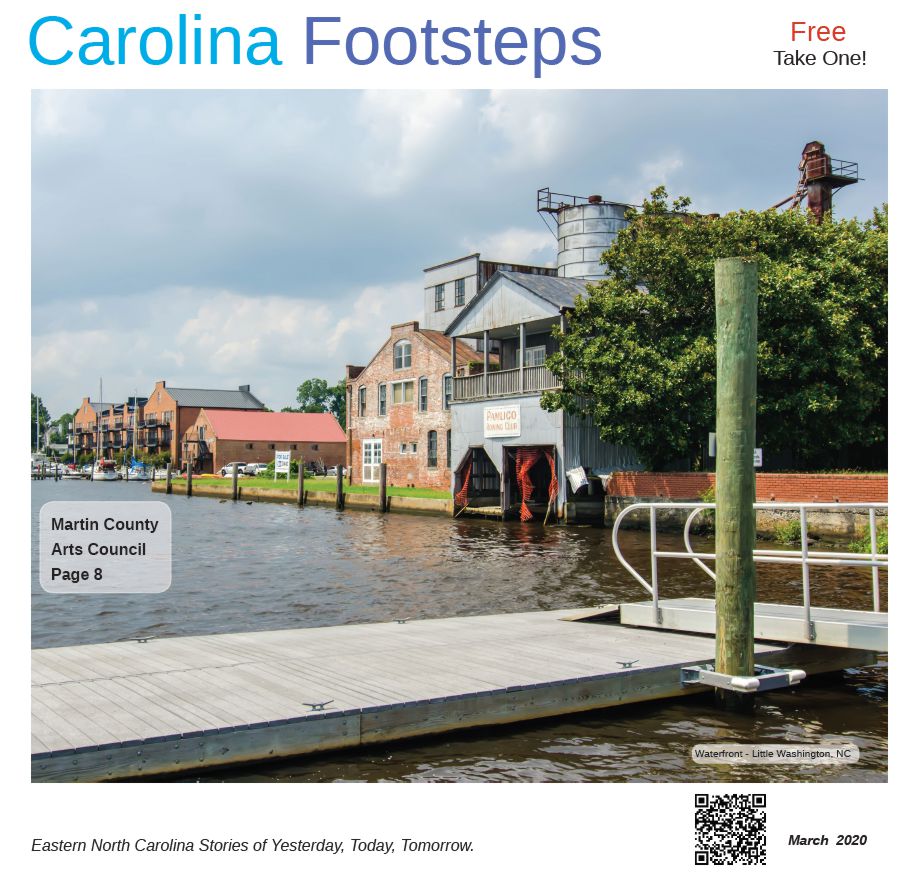Augustus Patrick, Jr.’s Fateful Raid on Messina -- By:David Bennett, Curator at the Port o’ Plymouth Museum
in December 1941, the U.S. Army Air
Force rapidly deployed bombers to
Asia in an attempt to thwart further
Japanese aggression. Among the
airmen sent abroad was AugustusPatrick, Jr., of Roper, North Carolina.
Patrick flew in B-17’s and B-24’s as a
tail-gunner. Initially, he found himself
flying in daring daylight bombing raids
against the Japanese in China and
Burma. Ultimately, Patrick fought his
way around the globe from Asia to
North Africa where he helped defeat
the German Afrika Korps. He would
eventually encounter his greatest
challenge not in the skies over Asia or
North Africa but over Sicily.
While enemy forces were on the
verge of destruction in North Africa,
Allied bombing focused its efforts on
ports located in Sicily to hinder the
enemy’s resupply and retreat. On
January 31, 1943, while bombing the
port of Messina, Patrick’s bomber
formation was attacked by a large
number of German fighters. One
German ME-109 landed hits in the tail
section of Patrick’s Liberator with its
20mm cannon. The explosion from
the cannon shells severely wounded
Patrick in the feet and in one of his
knees. With the oxygen supply shot
out and the gasoline line holed, the
upper and rear turrets were rendered
useless. Despite his injuries, Patrick
dragged himself from the rear of the
plane to one of the waist guns where
he continued to fight. Miraculously,
Patrick’s B-24 was able to make an
emergency landing on the island of
Malta where it was discovered that
the bomber was riddled with more
than 800 bullet and cannon holes.
For his heroic actions that day, Patrick
received the Distinguished Service
Cross. He also received the Order of
the Purple Heart for the wounds he
sustained in combat.
Due to his wounds, Patrick spent the
next five months hospitalized and was
sent to a hospital in Charleston, South
Carolina, to recuperate. His recovery
was somewhat complicated due to an
infection that developed in his right
foot. Patrick was fortunate to be alive
and was fortunate enough to survive
the war.
(Photo courtesy
of the Jones Family)
Comments?
E-Mail br549@modernmedianow.com
Augustus Patrick, Jr.’s Fateful Raid on Messina -- By:David Bennett, Curator at the Port o’ Plymouth Museum
 Reviewed by kensunm
on
7:00:00 PM
Rating:
Reviewed by kensunm
on
7:00:00 PM
Rating:






No comments: